
How to Pump Up a Bike Tire: Guide for Every Cyclist
Learning how to pump up a bike tire is essential for comfort, safety, and performance on both regular bikes and e-bikes. Under-inflated tyres make cycling sluggish, reduce grip, and increase puncture risk. This guide shows the easiest way to inflate tyres correctly for road bikes, mountain bikes, hybrid bikes, and e-bikes.
Quick Answer – How to Pump Up a Bike Tire
If you need a fast answer, learning how to pump up a bike tire is simple. Start by identifying your valve type—Presta, Schrader, or tubeless—then attach a compatible pump. Inflate the tyre to the recommended pressure printed on the sidewall, check it with a gauge or a pinch test, and finally close the valve and replace the dust cap. This process can be completed in five easy steps: prepare the valve, attach the pump securely, pump to the correct pressure, check the pressure, and remove the pump. Following these steps ensures your bike or e-bike tyres are properly inflated for safer, smoother, and more efficient rides.
Identify Your Bike’s Valve Type
Before learning how to pump up a bike tire, it’s important to identify the type of valve on your bike or e-bike. Using the wrong technique or pump can cause air leaks or damage the valve, so knowing the type is essential for safe and efficient inflation.
-
Presta Valve
Thin and common on mid-to-high-end bikes and e-bikes, with a threaded lockring that keeps air sealed. Often features removable cores for tubeless tyres. Handle carefully to avoid bending. -
Schrader Valve
Standard on entry-level bikes, many e-bikes, and car tyres. Thicker than Presta and spring-loaded. Compatible with most pumps and easy to inflate. -
Dunlop/Woods Valve
Rare today, mostly on Dutch-style or vintage bikes. Works like a Presta valve but less common on modern bikes. -
Tubeless Valve
Used on tyres without inner tubes. Attaches to the rim and requires sealant. Allows lower pressures, better traction, and fewer pinch flats.
Choose the Right Pump for Your Bike
Choosing the right pump is essential for keeping your bike or e-bike tyres properly inflated. Different pumps are suited to home use, rides, or emergency situations, so selecting one that matches your needs ensures faster, easier inflation.
-
Track/Floor Pump
Track or floor pumps are ideal for home use. They are fast, efficient, and often come with a pressure gauge for accurate inflation. Their long hose and stable base allow you to use your body weight, making pumping large tyres easier. -
Mini Pump
Mini pumps are compact and portable, perfect for taking on rides. Look for models with a hose, as this reduces stress on the valve and prevents damage. While slower than floor pumps, they’re a reliable backup for road, mountain, or hybrid bikes. -
CO₂ Inflator
CO₂ inflators provide quick, temporary inflation using compressed cartridges. They’re great for emergencies when you need to top up a tyre mid-ride. However, they are not a replacement for regular pumping, as tyres may lose pressure overnight.
Buying Tips: Choose pumps compatible with your valve type (Presta, Schrader, or tubeless). Investing in a pump with a pressure gauge ensures your tyres are inflated to the correct PSI, improving comfort, speed, and safety.
Step-by-Step Guide: How to Pump Up a Bike Tire
Proper tyre inflation is essential for both bikes and e-bikes. Correct pressure ensures maximum comfort, grip, efficiency, and safety, while under-inflated tyres increase rolling resistance, reduce traction, and raise the risk of punctures. Follow this detailed, professional guide to pump your tyres effectively.
Step 1: Prepare the Valve
Before inflating your tyre, identify the type of valve: Presta, Schrader, or tubeless. Remove the dust cap to expose the valve core. For Presta valves, gently unscrew the small lockring at the top of the valve stem. This allows air to flow in but prevents leaks during pumping. Take care not to bend the stem, as Presta valves are thin and delicate. Tubeless valves require a secure rim locknut and properly seated valve core to maintain an airtight seal. Correct valve preparation ensures efficient pumping and prevents air loss.
Step 2: Attach the Pump
Attach the pump head securely to the valve. Modern pumps may feature a lever-lock, push-on, or threaded attachment. For Presta valves, gently press the pump head and engage the locking lever. If the tyre is completely flat, support the valve from behind to prevent it from moving while locking the pump. Tubeless valves must also be handled carefully to avoid dislodging the valve core. An airtight connection at this stage is crucial for effective and efficient inflation. A small hiss of air when attaching is normal and does not indicate a leak.
Step 3: Pump the Tyre
Begin inflating using smooth, full strokes. Floor or track pumps allow the use of body weight on the downstroke for faster inflation, while mini pumps require more repetitions but are portable for rides. Monitor the tyre for resistance; a tyre that does not inflate may indicate a loose pump head, a misaligned valve, or a punctured tube. Avoid rapid over-inflation, which can damage the tube or bead. For e-bikes, slightly higher pressures may be required to accommodate the additional weight.
Step 4: Check the Pressure
Once inflated, verify tyre pressure using a pressure gauge or the pinch test. Road bikes generally require 80–120 PSI (5.5–8.3 bar), mountain bikes 25–50 PSI (1.7–3.5 bar), and hybrid bikes 45–70 PSI (3–4.8 bar). E-bikes often benefit from pressures near the upper range for stability and safety. Always adhere to the tyre manufacturer’s minimum and maximum PSI printed on the sidewall. Properly checking pressure ensures optimal ride comfort, traction, and tyre longevity.
Step 5: Disengage and Close the Valve
Carefully remove the pump head from the valve. For Presta valves, screw the lockring back in place and replace the dust cap. Schrader valves require only the dust cap to be replaced. For tubeless valves, ensure the valve core is seated correctly and the rim locknut is secure. A minor hiss of air escaping is normal and does not indicate an issue. Properly closing the valve ensures the tyre retains pressure for your next ride.
How to Determine the Correct Tyre Pressure
The correct tyre pressure for your bike or e-bike is usually printed on the tyre sidewall as a minimum and maximum PSI (or bar) range. Staying within this range ensures your tyres maintain optimal bike tyre pressure, providing the best balance of comfort, grip, efficiency, and safety.
Under-inflated tyres feel sluggish, increase rolling resistance, reduce traction, and are more prone to pinch flats. Over-inflated tyres, on the other hand, transfer more vibrations from the road or trail, wear unevenly, and can reduce grip. To maintain the right pressure, use a bike tyre pressure chart or a reliable gauge to determine the correct tyre PSI for your bike type and riding conditions.
As a general guideline, road bikes usually require 80–120 PSI (5.5–8.3 bar), hybrids or commuter bikes 45–70 PSI (3–4.8 bar), and mountain bikes 25–50 PSI (1.7–3.5 bar). E-bikes often need slightly higher pressures to handle the extra weight, improving stability, traction, and tyre longevity.
Always check your tyre pressure before every ride and adjust according to rider weight, terrain, and load. Following the recommended bike tyre pressure not only ensures a smoother and safer ride but also extends the life of your tyres.
Expert Tips to Keep Your Bike Tyres in Top Condition
-
Check tyre pressure regularly: Before every ride, ensure your tyres are inflated to the correct PSI. Maintaining the right pressure improves grip, efficiency, and reduces the risk of flats, making it an essential part of bike tyre maintenance tips.
-
Rotate tyres for even wear: Periodically switching front and rear tyres promotes uniform wear, extends tyre life, and ensures consistent performance—especially important for e-bikes that carry additional weight.
-
Store tyres partially inflated: If storing your bike for extended periods, keep tyres partially inflated to prevent flat spots and preserve the tyre’s structural integrity.
-
Use sealant for tubeless tyres: Regularly check and replenish sealant to maintain airtight tyres and prevent punctures. This is one of the most effective ways of how to prevent punctures and ensures low-maintenance, reliable riding.
-
Follow general tyre care practices: Inspect tyres for cuts, cracks, or embedded debris. Proper bike tyre care ensures longer lifespan, improved safety, and a smoother ride.
Conclusion
Proper tyre inflation is essential for ride comfort, speed, and safety, and following this guide on how to pump up a bike tire ensures your tyres stay in top condition and reduces the risk of punctures. For e-bike riders, models like the isinwheel U2 come with pneumatic tyres that are easy to inflate and maintain, making every ride smoother, safer, and more efficient—so check your bike tyres today and ride safer tomorrow!
FAQs
1. How to pump up a tyre with a Presta valve?
To pump a tyre with a Presta valve, first remove the dust cap and unscrew the small lockring at the top of the valve. Attach a compatible pump head carefully, lock it in place if needed, and inflate to the recommended PSI. After inflating, remove the pump, screw the lockring back, and replace the dust cap.
2. Why can't I pump up my bike tyres?
Common reasons include a faulty valve, incorrect pump attachment, a punctured inner tube, or a blocked valve. Ensure the pump is compatible with your valve type (Presta or Schrader) and that the pump head forms an airtight seal before trying again.
3. How to air up a bicycle tyre without a pump?
If you don’t have a pump, you can use alternatives like a CO₂ inflator, an air compressor at a garage, or a foot pump. Always check the pressure afterwards with a gauge or by pinching the tyre to ensure it’s within the recommended PSI range.
4. What can I use if I don't have an air pump?
You can use a CO₂ cartridge inflator, a car tyre air compressor, or even visit a local bike shop for a quick fill. While these methods work in a pinch, carrying a mini pump on rides is recommended for regular maintenance.
The Latest Posts
Explore isinwheel products
City E Scooter | Off-Road Scooter
Fastest Scooter | Kids Scooters




















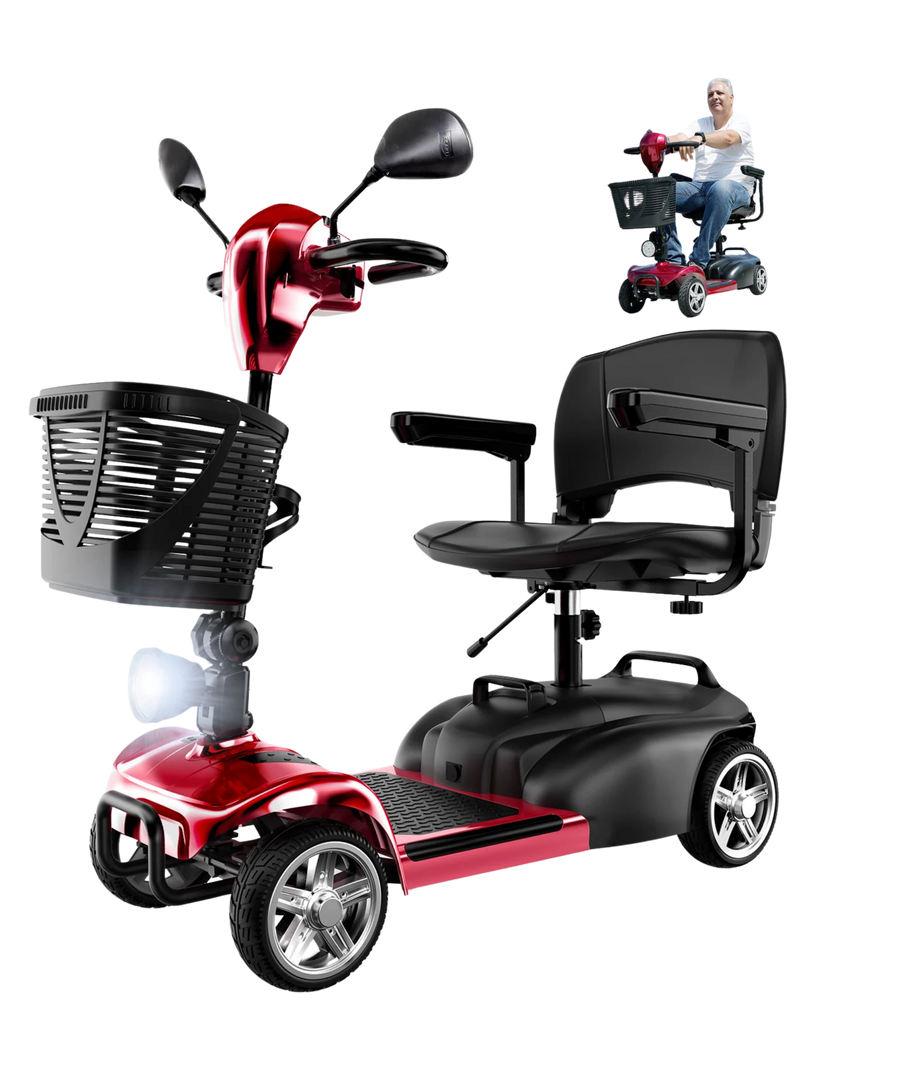
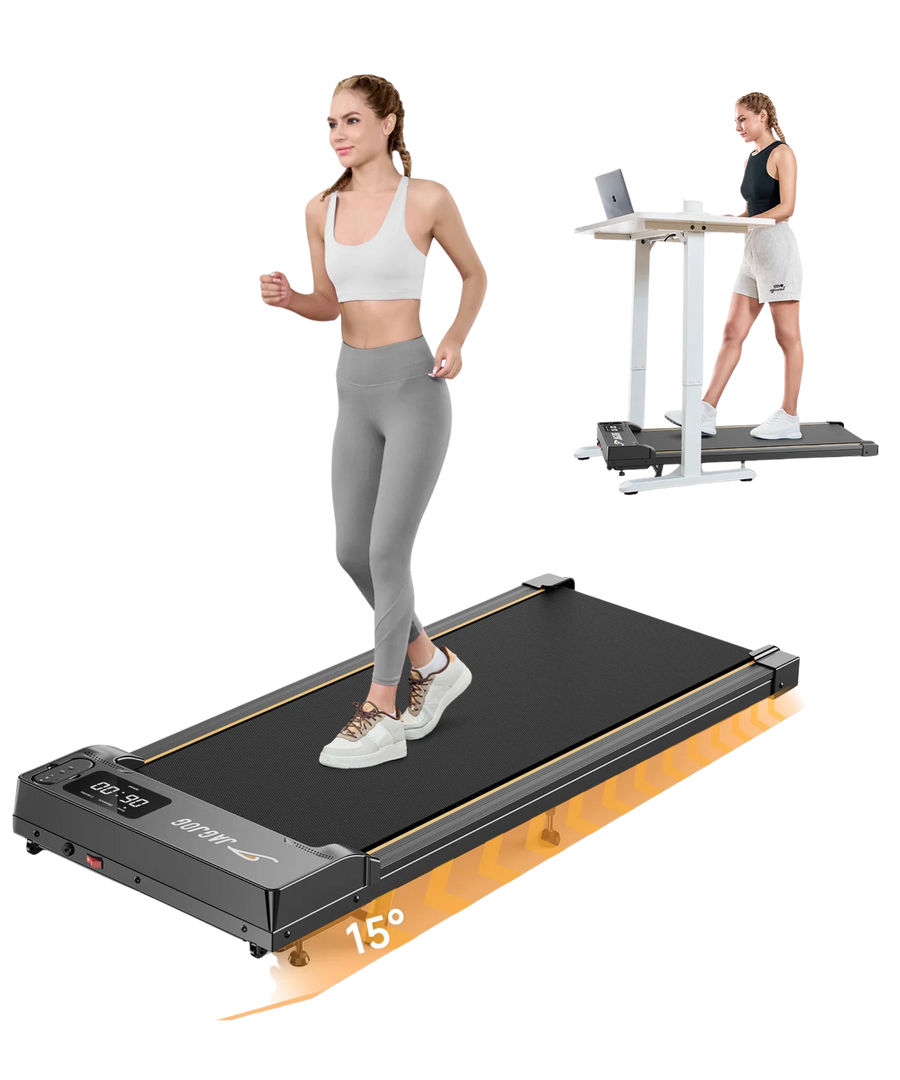

























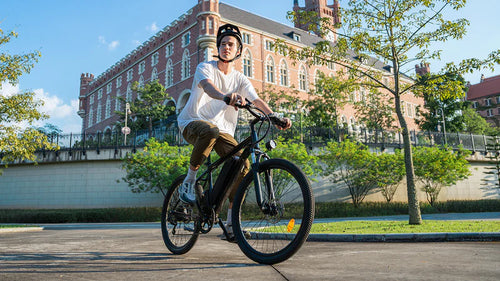
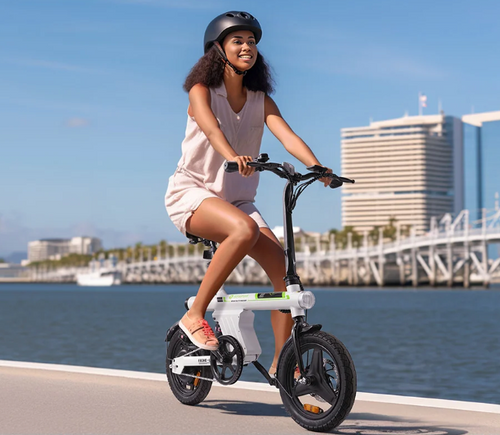


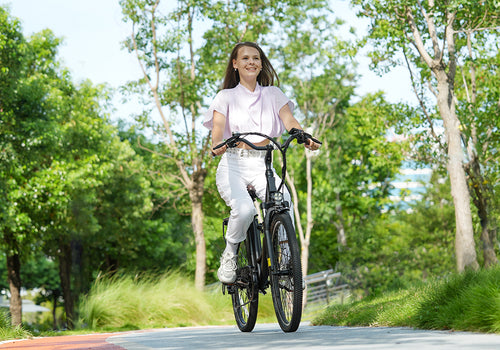
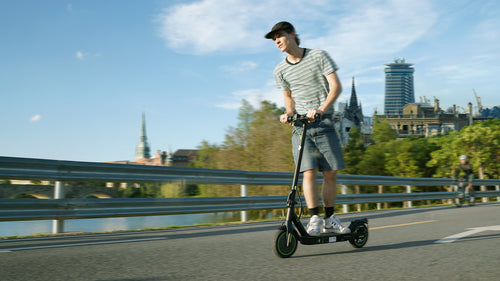


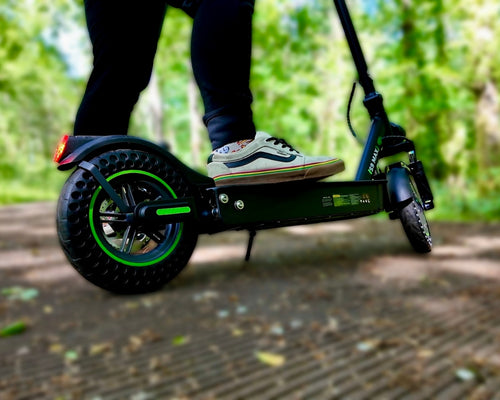
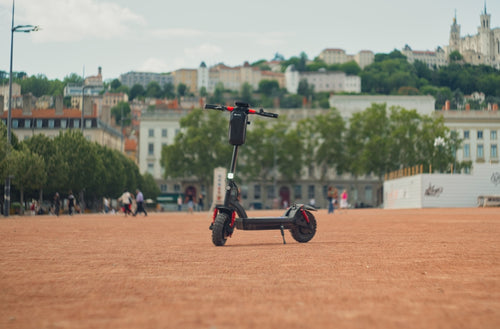
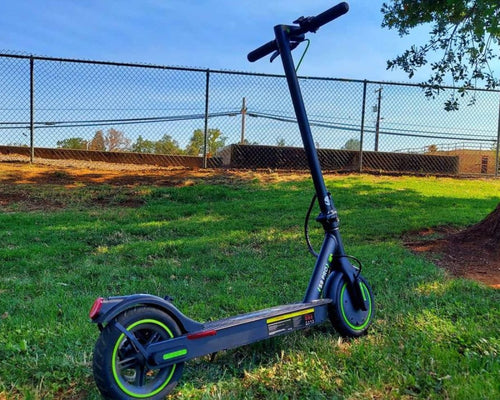





Leave a comment